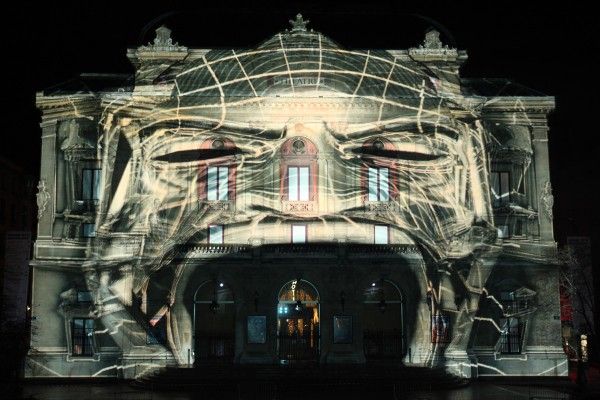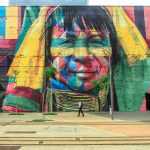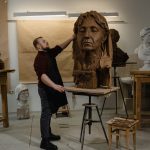Projection mapping, additionally referred to as video mapping or spatial augmented reality, is profoundly affecting the way we interact with visual environments. This novel method uses video projectors to animate uneven surfaces, resulting in a dynamic, immersive experience. It progressed significantly from early light projection tries in the 1960s and 1970s. It has become prevalent in a variety of sectors, including advertising, entertainment, and art. In addition, this art form combines technology and imagination, converting commonplace things and structures into spectacular multimedia narratives. As a result, projection mapping art has risen to the top of the digital innovation food chain, changing our visual as well as experiencing settings.
The Evolution of Projection Mapping:
Projection mapping art has expanded through imaginative experimentation and technology developments. Its beginnings may be traced back to the 1960s and 1970s, with early experiments in light projection and multimedia shows. The 1986s “Light Fantastic” performance at Disneyland, where projections brilliantly altered the façade of the “It’s a Small World” attraction, was a key milestone. Today’s advanced projection mapping, distinguished by its elaborate and immersive experiences, owes its existence to a period of invention. This evolution has seamlessly merged art and technology, transforming regular locations into spectacular visual spectacles.
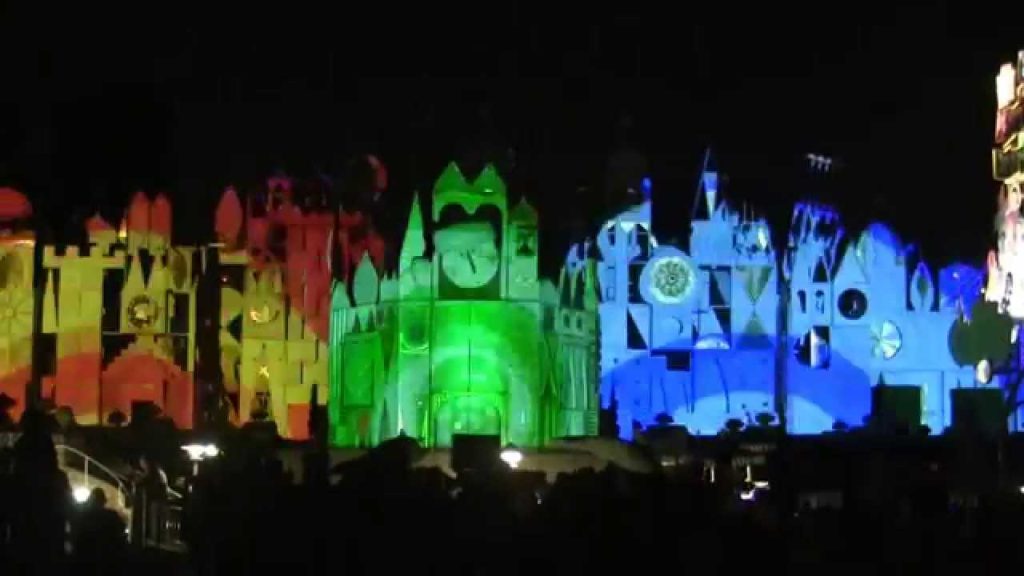
How Projection Mapping Works:
Using a software program, technicians actively map a 3D object or environment, meticulously aligning it with an uneven surface. Employing advanced techniques like corner pinning and mesh mapping, they skillfully adapt the video footage or computer-generated graphics, transforming these into dynamic content for projection mapping.
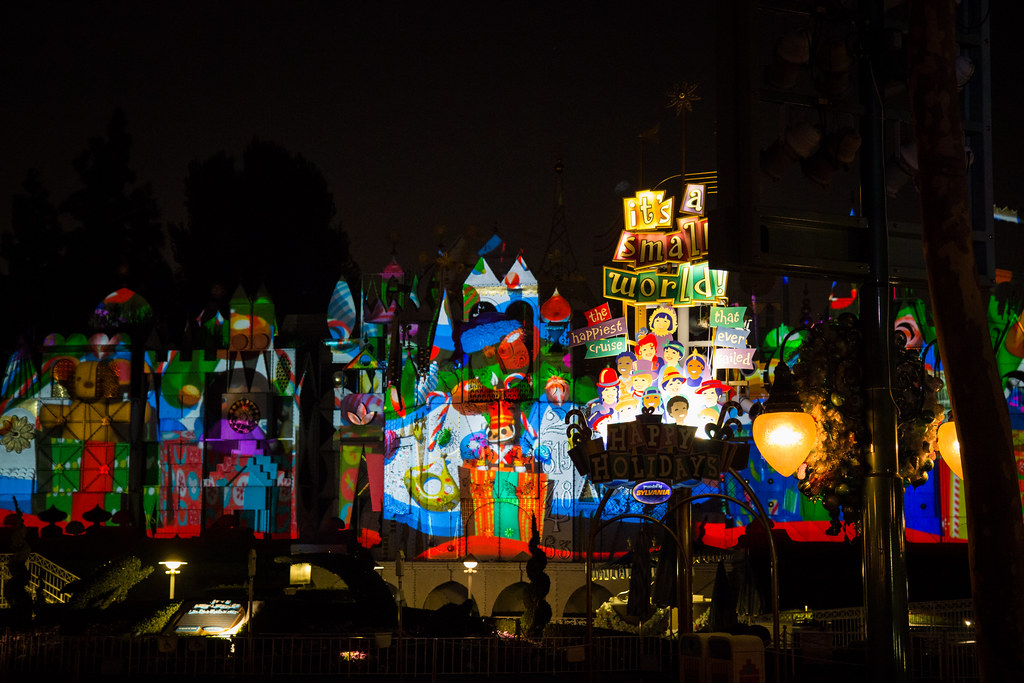
Techniques and Tools:
Creating content, 3D modeling, mapping, masking off undesired sections, and calibrating brightness and color are all phases in this craft. Adobe Photoshop and After Effects are frequently used, as are specialized video mapping programs and open-source frameworks.
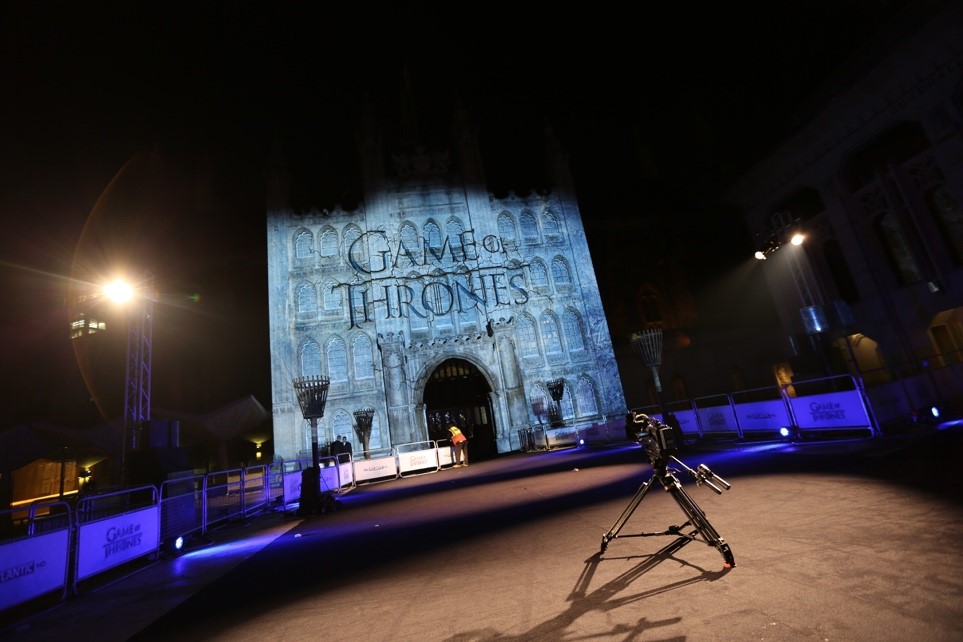
Diverse Applications:
Projection mapping art has a wide range of uses, including advertising, branding, entertainment, and art. This cutting-edge method turns buildings, merchandise and event spaces into fluctuating, captivating displays that enhance customer experiences and create memorable encounters. It enables artists to create interactive installations in the arts, transforming everyday locations into immersive canvases, improving audience experiences and pushing the boundaries of creativity.
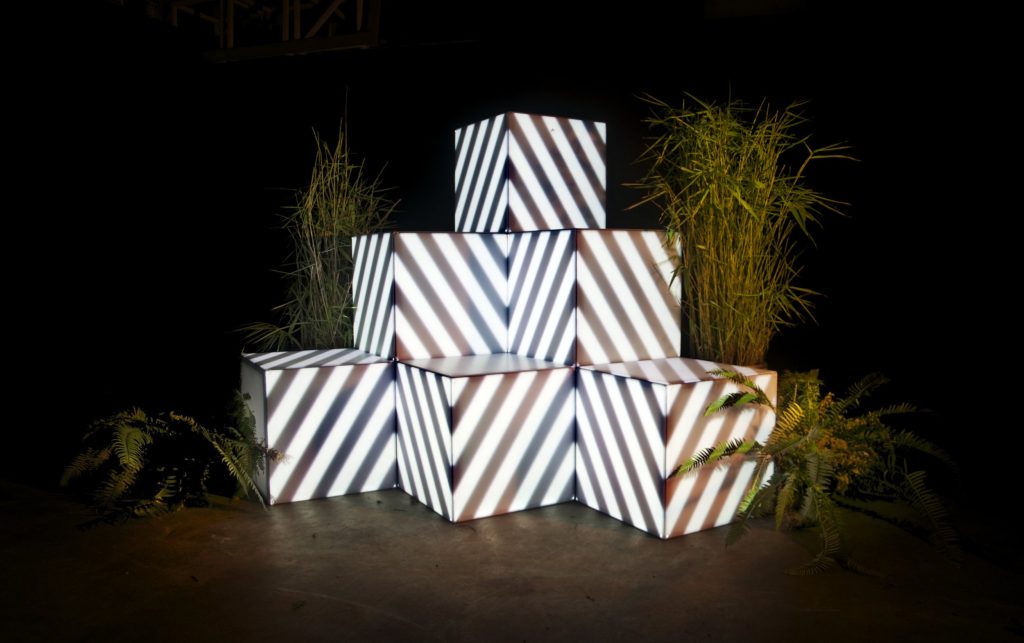
Remarkable Examples:
“The Magic Flute” at Berlin’s State Opera House converted its front into a visual narrative of Mozart’s Opera. “Light Showers” in Amsterdam miraculously transformed a gloomy lane into a jungle filled with moving animals and downpour. “The Bay Lights” in San Francisco included a large-scale, hypnotic light display on the city’s surroundings demonstrating the art’s diverse and profound uses.
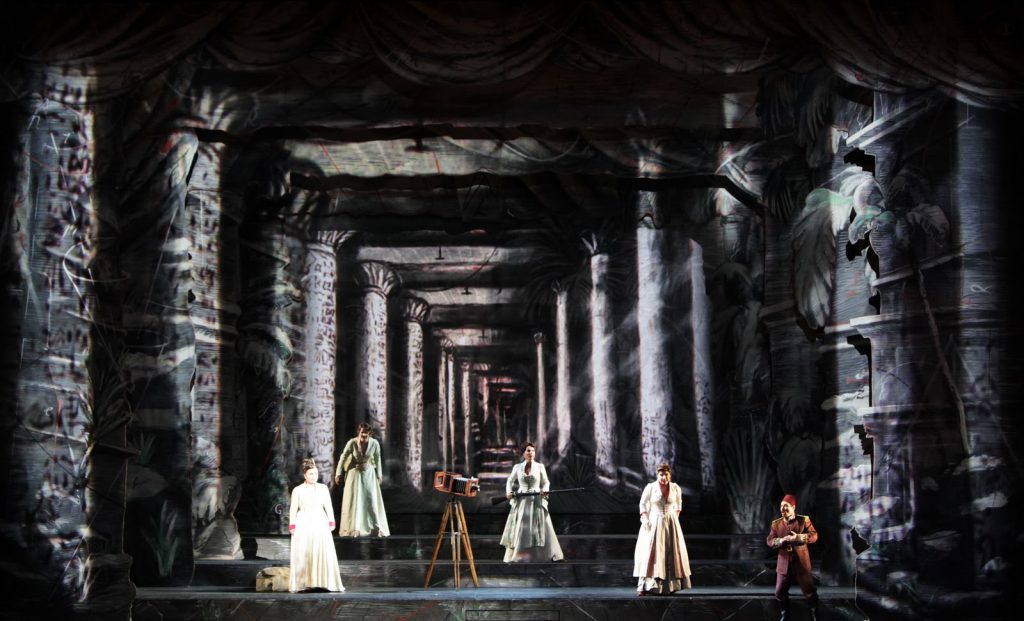
Advancements and Innovations:
Projection mapping advancements have expanded its creative potential. Portable, smart projectors that are aware of their location enhance interaction and flexibility in a variety of contexts. Furthermore, new technology permits projection on innovative surfaces such as paintings and draperies, broadening creative possibilities. These innovations are changing the way artists and engineers employ image projection to generate dynamic, immersive experiences.
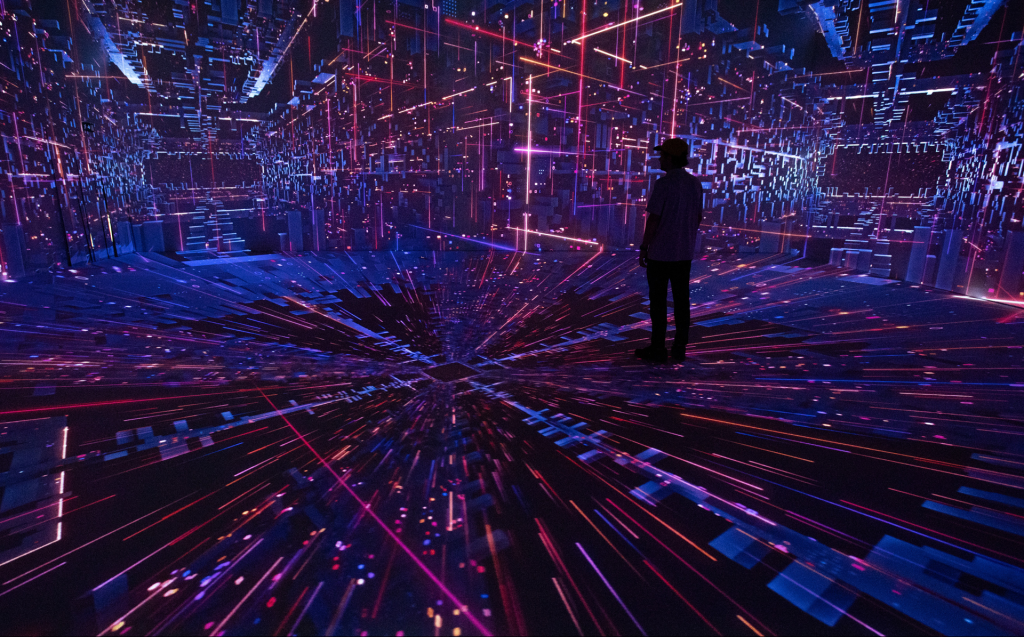
Emerging Trends:
Emerging trends emphasize its increasing integration with augmented and virtual reality (AR), resulting in 360-degree immersive experiences. This technique is becoming more prevalent in electronic dance music, as DJs use dynamic, coordinated images to enhance their performances. Furthermore, its application in cinema and television, such as the sci-fi movie “Oblivion,” indicates its growing significance in producing compelling visual content.

Artistic and Social Impact:
Projection mapping art is a revolutionary artistic expression infrastructure that allows artists to convert their unique ideas into 3D projections. This media goes beyond standard canvases, allowing for new methods to interact with audiences. It’s also used in social activity, like Occupy Wall Street, where projections successfully express messages in public locations.
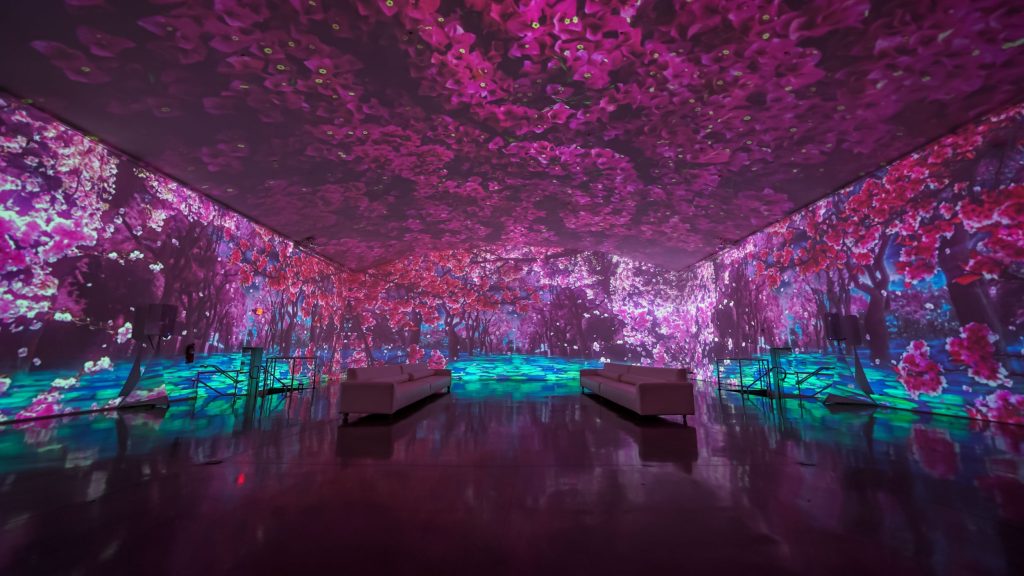
To summarize, projection mapping is a breakthrough art form that combines technology and creativity to create novel visual experiences. It progressed considerably from early light projection experiments to presently incorporating modern techniques such as style is reflected in its numerous uses in advertising, entertainment, and cultural heritage. Artists and skilled professionals alike continue to explore fresh prospects and create immersive, dynamic displays. Beyond traditional mediums, projection mapping not only attracts viewers but also provides a unique canvas for artistic expression and narrative.

